Description
Nutrition facts
Wheat is mainly composed of carbs but also has moderate amounts of protein.
Here are the nutrition facts for 3.5 ounces (100 grams) of whole-grain wheat flour (1Trusted Source):
Calories: 340
Water: 11%
Protein: 13.2 grams
Carbs: 72 grams
Sugar: 0.4 grams
Fiber: 10.7 grams
Fat: 2.5 grams
Amount Per
100 grams
Calories 364
% Daily Value*
Total Fat 1 g 1%
Saturated fat 0.2 g 1%
Polyunsaturated fat 0.4 g
Monounsaturated fat 0.1 g
Cholesterol 0 mg 0%
Sodium 2 mg 0%
Potassium 107 mg 3%
Total Carbohydrate 76 g 25%
Dietary fiber 2.7 g 10%
Sugar 0.3 g
Protein 10 g 20%
Vitamin A 0% Vitamin C 0%
Calcium 1% Iron 6%
Vitamin D 0% Vitamin B-6 0%
Cobalamin 0% Magnesium 5%
*Per cent Daily Values are based on a 2,000 calorie diet. Your daily values may be higher or lower depending on your calorie needs.
Like all cereal grains, wheat is mainly composed of carbs.
Starch is the predominant carb in the plant kingdom, accounting for over 90% of the total carb content in wheat (1Trusted Source).
The health effects of starch mainly depend on its digestibility, which determines its effect on blood sugar levels.
High digestibility may cause an unhealthy spike in blood sugar after a meal and have harmful effects on health, especially for people with diabetes.
Similar to white rice and potatoes, both white and whole wheat rank high on the glycemic index (GI), making them unsuitable for people with diabetes (2Trusted Source, 3).
On the other hand, some processed wheat products — such as pasta — are digested less efficiently and thus don’t raise blood sugar levels to the same extent (2Trusted Source).
Fiber
Whole wheat is high in fiber — but refined wheat contains almost none.
The fiber content of whole-grain wheat is 12–15% of the dry weight (1Trusted Source).
As they’re concentrated in the bran, fibers are removed during the milling process and largely absent from refined flour.
The main fiber in wheat bran is arabinoxylan (70%), which is a type of hemicellulose. The rest is mostly made up of cellulose (4Trusted Source, 5).
Most wheat fiber is insoluble, passing through your digestive system almost intact and adding bulk to stool. Some fibers also feed your gut bacteria (6, 7Trusted Source, 8Trusted Source).
What’s more, wheat contains small amounts of soluble fibers, or fructans, that may cause digestive symptoms in people with irritable bowel syndrome (IBS) (9Trusted Source).
By and large, though, wheat bran may have beneficial effects on gut health.
Protein
Proteins make up 7–22% of wheat’s dry weight (1Trusted Source, 10Trusted Source).
Gluten a large family of proteins, accounts for up to 80% of the total protein content. It’s responsible for the unique elasticity and stickiness of wheat dough, the properties that make it so useful in breadmaking.
Wheat gluten can have adverse health effects in people with gluten intolerance.
Carbs
Vitamins and minerals
Whole wheat is a good source of several vitamins and minerals.
As with most cereal grains, the amount of minerals depends on the soil in which it’s grown.
Selenium. This trace element has various essential functions in your body. The selenium content of wheat depends on the soil — and is very low in some regions, including China (11Trusted Source, 12).
Manganese. Found in high amounts in whole grains, legumes, fruits and vegetables, manganese may be poorly absorbed from whole wheat due to its phytic acid content (13Trusted Source).
Phosphorus. This dietary mineral plays an essential role in the maintenance and growth of body tissues.
Copper. An essential trace element, copper is often low in the Western diet. Deficiency may have adverse effects on heart health (14Trusted Source).
Folate. One of the B vitamins, folate is also known as folic acid or vitamin B9. It’s particularly important during pregnancy (15Trusted Source).
Some of the most nutritious parts of the grain — the bran and germ — are absent from white wheat because they’re removed during the milling and refining process.
Therefore, white wheat is relatively poor in many vitamins and minerals compared to whole-grain wheat.
Because wheat accounts for a large portion of people’s food intake, flour is regularly enriched with vitamins and minerals.
In fact, enrichment of wheat flour is mandatory in many countries (16).
Enriched wheat flour may be a good source of iron, thiamine, niacin, calcium, and vitamin B6, in addition to the above nutrients.

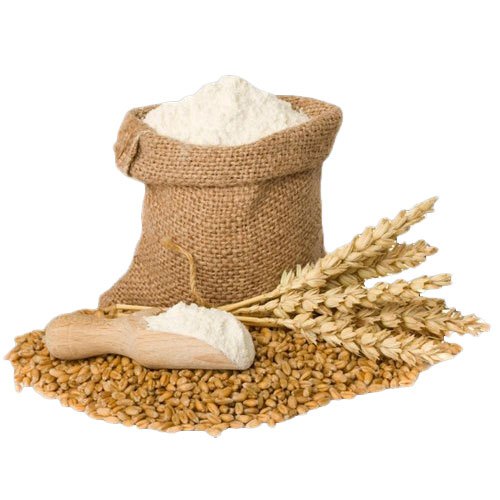
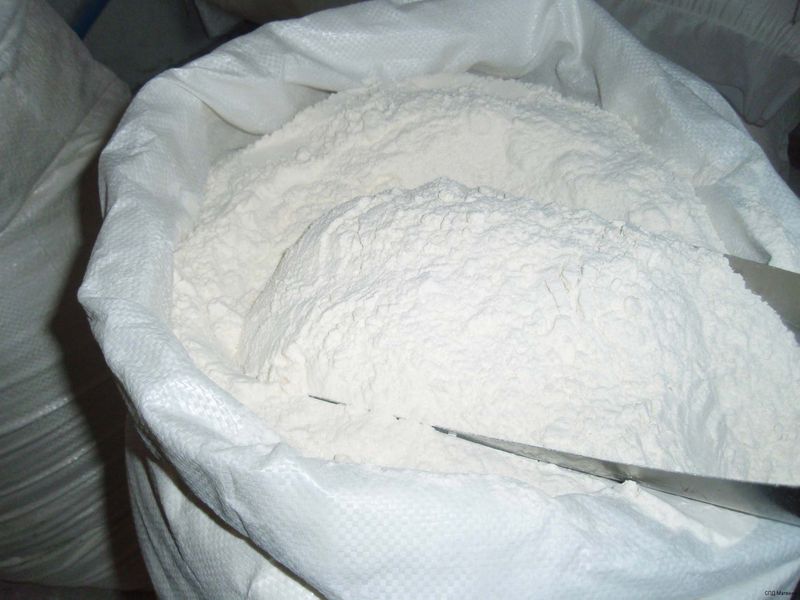

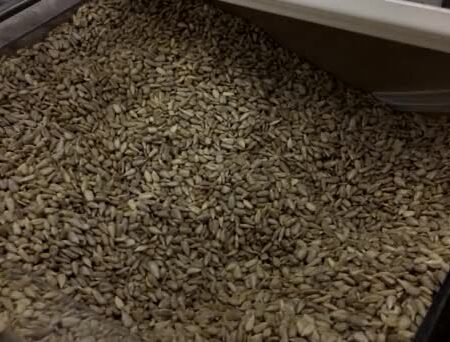

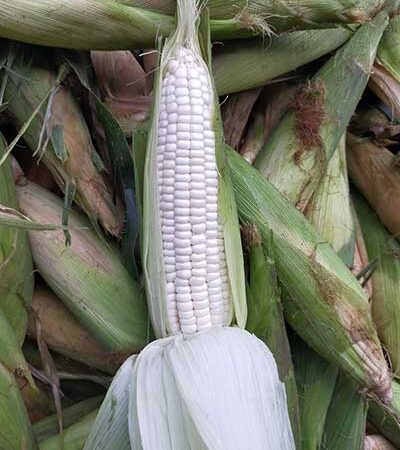

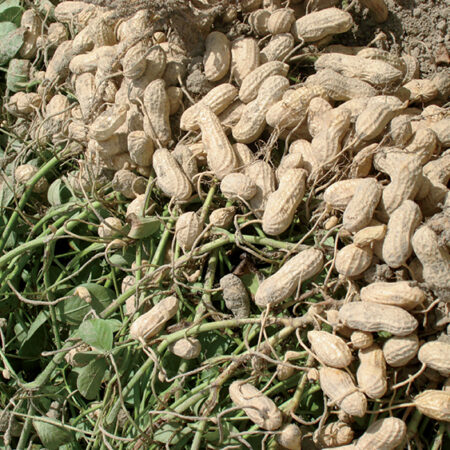
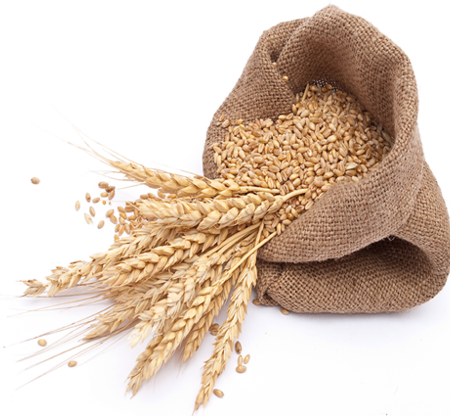
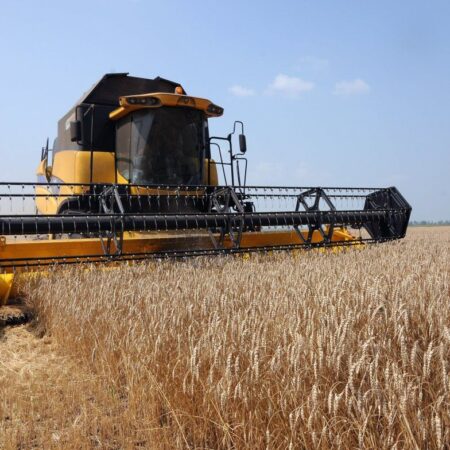
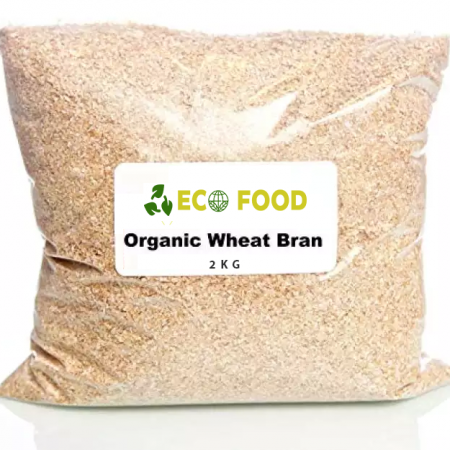

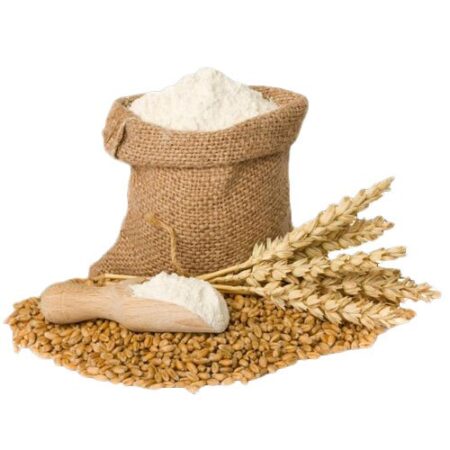
Reviews
There are no reviews yet.